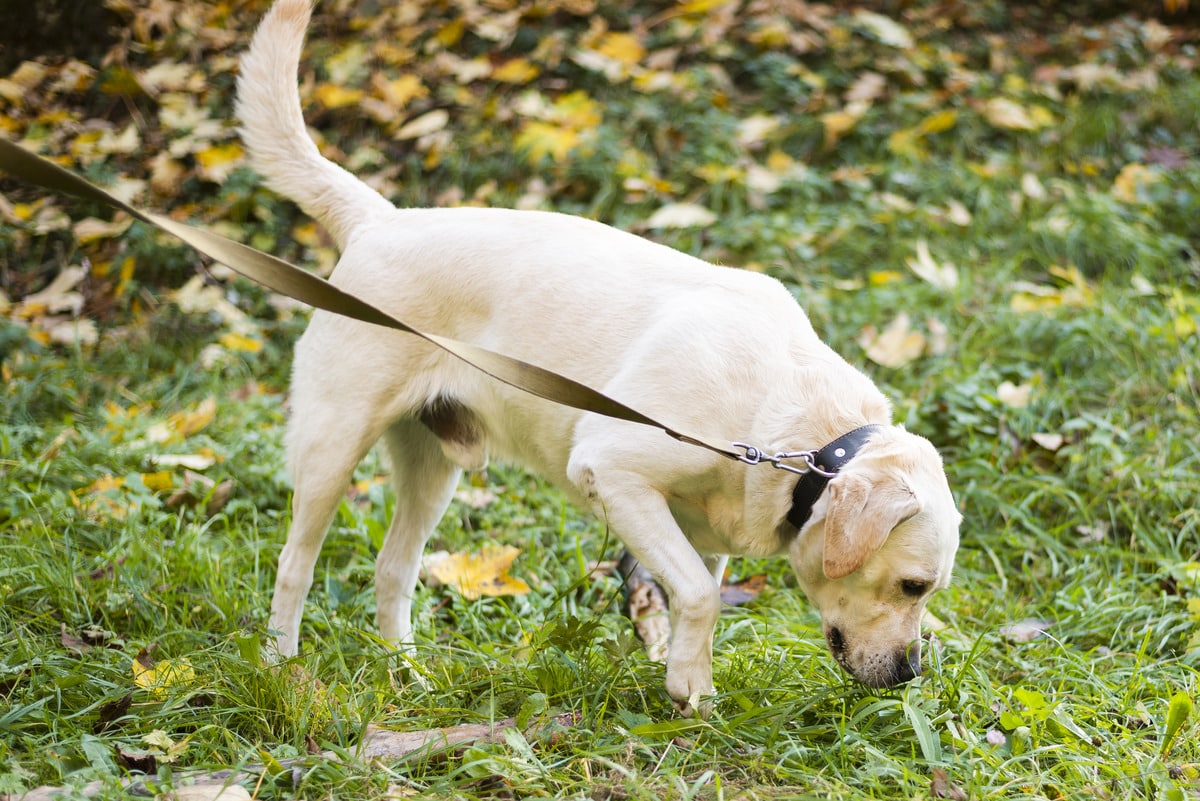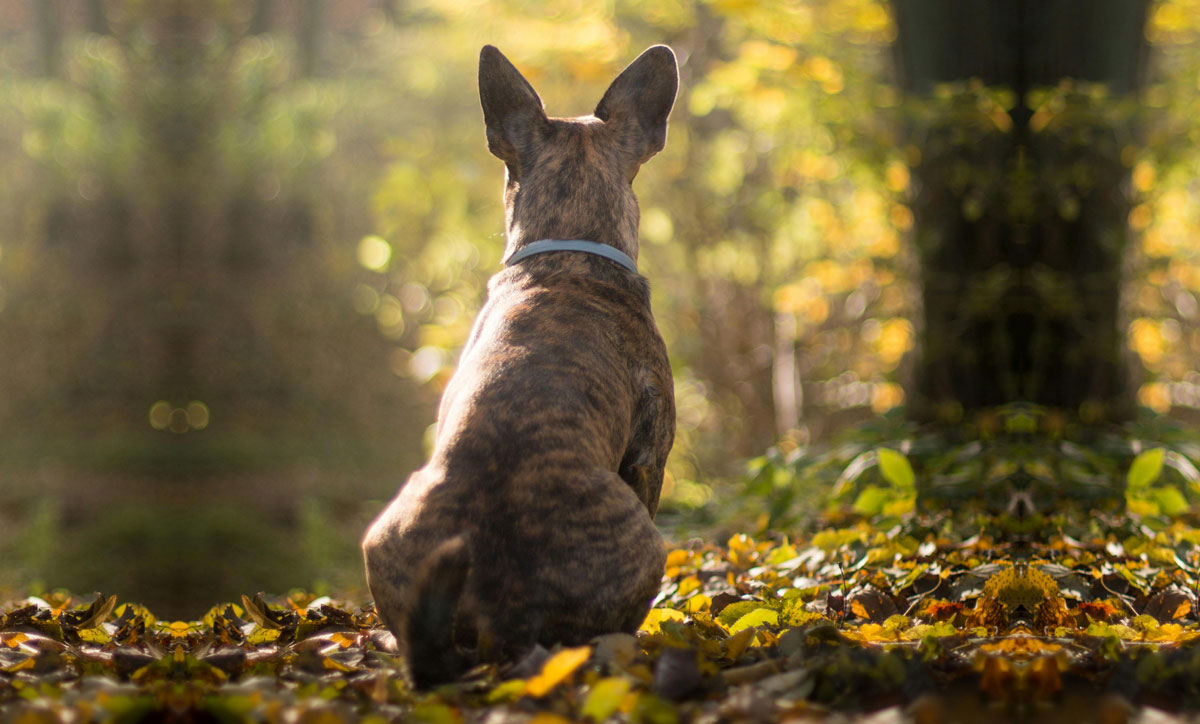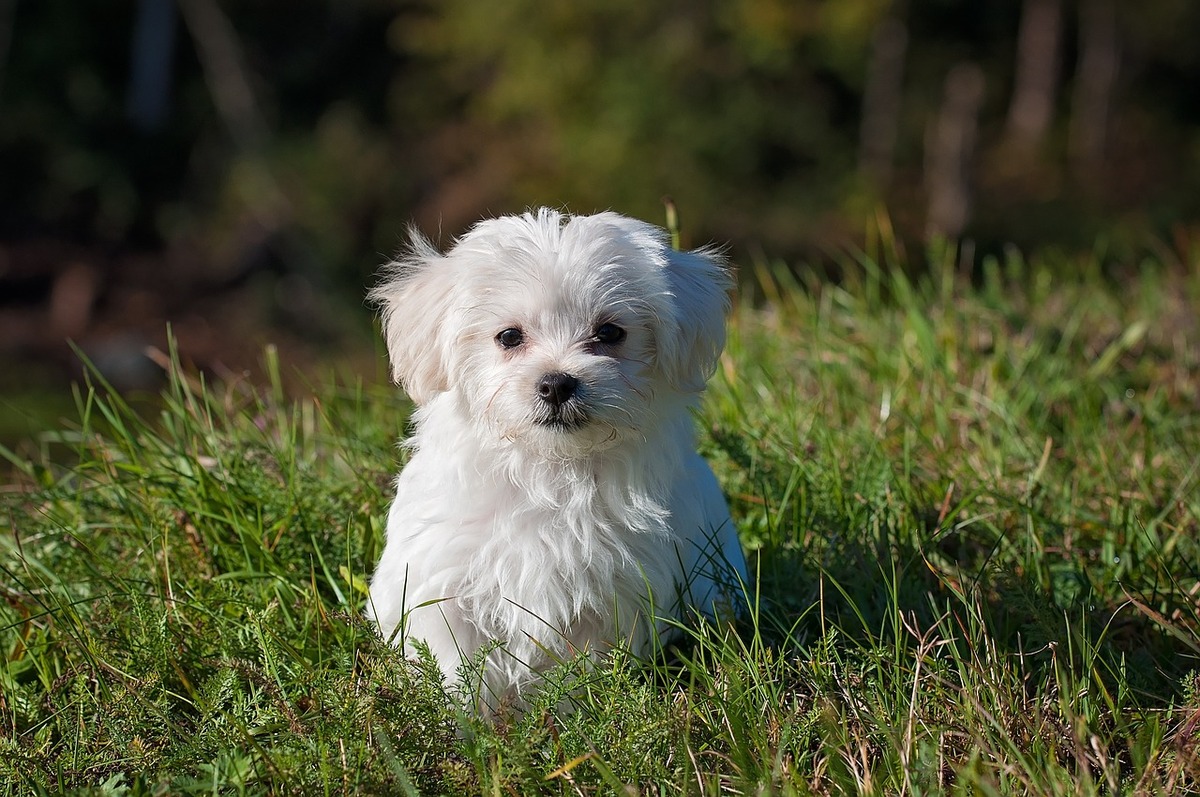
How to Potty Train Your Puppy in Just 2 Weeks
Potty training is one of the first and most crucial lessons your puppy needs to learn. A well-trained puppy means a cleaner home, fewer accidents, and a happy, stress-free bond between you and your furry friend. Puppy potty training may seem daunting. It is entirely possible to housebreak a dog in just two weeks with consistency, patience, and the right approach.
In this guide, we will cover a step-by-step process using fast dog training tips to help your pup quickly adapt to proper bathroom habits. Whether you’re a first-time dog owner or simply need a refresher, these techniques will help set your puppy up for success.
Why Potty Training is Important

Teaching your puppy where and when to relieve themselves is crucial for several reasons:
- Prevents indoor accidents – Avoids damage to carpets, furniture, and flooring.
- Establishes a routine – Puppies thrive on consistency, making training easier.
- Strengthens your bond – Trust and communication grow when training is done correctly.
- Promotes hygiene – Proper potty habits keep your home and puppy clean and healthy.
- Reduces stress for both owner and pet – A well-trained dog leads to a more harmonious household.
By following a structured approach, you can efficiently complete puppy potty training within two weeks, making life easier for both you and your furry friend.
Week 1: Establishing the Foundation
1. Set Up a Designated Potty Area
Before you start training, decide where you want your puppy to relieve itself. This could be:
- A designated outdoor spot in your garden or yard.
- Puppy pads or an indoor potty tray (for apartment dwellers).
- A specific corner of the yard to create a predictable routine.
Taking your pup to the same place each time helps them associate the area with going potty. Consistency is key to reinforcing good habits.
2. Create a Potty Schedule
Puppies have small bladders and need frequent bathroom breaks. Follow this schedule:
- First thing in the morning
- After every meal
- After playtime
- After naps
- Before bedtime
- At least once during the night for young puppies
Take your puppy out every 1-2 hours during the day to prevent accidents. The more consistent you are, the faster they will learn.
3. Use a Crate for Training
Crate training is a highly effective method for housebreaking a dog. Dogs naturally avoid soiling their sleeping areas, so a properly sized crate can help control accidents.
Crate Training Tips:
- Choose a crate big enough for your pup to stand, turn, and lie down comfortably.
- Never use the crate as punishment.
- Take your puppy outside immediately after releasing them from the crate.
- Keep the crate near you at night so you can hear if your puppy needs to go.
4. Reward Good Behaviour
Positive reinforcement is key to fast training. Immediately reward your puppy with praise, treats, or playtime after they potty in the correct spot.
Avoid punishing accidents! Puppies do not understand punishment and may become fearful, which can slow down the training process.
5. Watch for Potty Signals
Recognising your puppy’s signs of needing to go can prevent accidents. Common signals include:
- Sniffing the floor
- Circling or pacing
- Whining or scratching at the door
- Sudden restlessness or stopping mid-activity
When you notice these signs, take your puppy to their potty spot immediately.
Week 2: Reinforcing Good Habits
1. Extend Time Between Potty Breaks
As your puppy learns control, slowly extend the time between potty breaks by 15-30 minutes each day. This helps them hold their bladder for longer periods, which is essential for long-term success.
2. Introduce a Verbal Cue
Using a command like “Go potty” or “Do your business” while your puppy relieves themselves will help them associate the phrase with the action. Eventually, they will potty on command, making bathroom breaks quicker and easier.
3. Handle Accidents Correctly
Even with a solid routine, accidents may happen. If they do:
- Clean up immediately with an enzymatic cleaner to remove odours and prevent repeat accidents.
- Avoid scolding – Instead, reinforce proper behaviour by taking them to the correct potty spot.
- Reassess your schedule – If accidents are frequent, increase potty breaks and supervision.
4. Reduce Dependence on Puppy Pads
If you’ve been using puppy pads indoors, start moving them closer to the door before transitioning to full outdoor potty training. Gradually removing them helps reinforce outdoor habits without confusion.
5. Nighttime Potty Training Tips
Puppies may need a nighttime bathroom break. To help them sleep through the night:
- Limit water intake to 1-2 hours before bedtime.
- Take them out for a final potty break before sleeping.
- If they wake up and whine, take them outside calmly without playing.
- Keep nighttime potty trips quiet and uneventful to encourage going back to sleep quickly.
Common Mistakes & How to Avoid Them

1. Inconsistency
Sticking to a routine is essential. Skipping scheduled potty breaks can lead to setbacks and confusion.
2. Using Punishment Instead of Positive Reinforcement
Dogs learn best through rewards. Punishment can cause fear and confusion, making training harder. Instead, reward correct behaviour enthusiastically.
3. Expecting Instant Results
Every puppy learns at their own pace. Some may take longer than two weeks, so be patient and persistent. Adjust your training based on your puppy’s progress.
4. Not Supervising Enough
Supervise your puppy as much as possible. If you can’t watch them, use a crate or a playpen to prevent accidents. Keeping a close eye ensures you catch potty signals early.
5. Neglecting Clean-Up
Properly cleaning accidents ensures your puppy doesn’t return to the same spot to relieve themselves. Use enzymatic cleaners instead of regular household cleaners, which may not remove the scent completely.
Signs Your Puppy is Fully Potty Trained
By the end of two weeks, your puppy should:
- Consistently go to their designated potty spot.
- Have fewer or no indoor accidents.
- Signal when they need to go out.
- Hold their bladder longer during the day and night.
- Respond to potty commands.
If your puppy is still having frequent accidents, extend training for another week with a stricter schedule and more supervision.
Potty Training for Your Puppy
With dedication and these fast dog training tips, you can successfully complete puppy potty training in just two weeks. Consistency, patience, and positive reinforcement are the keys to success.
A structured routine helps. Spotting potty signals is key. Reward good behaviour, too! This way, you create a clean and happy home for you and your pup.
Have you started housebreaking a dog before? Share your tips and experiences in the comments below!